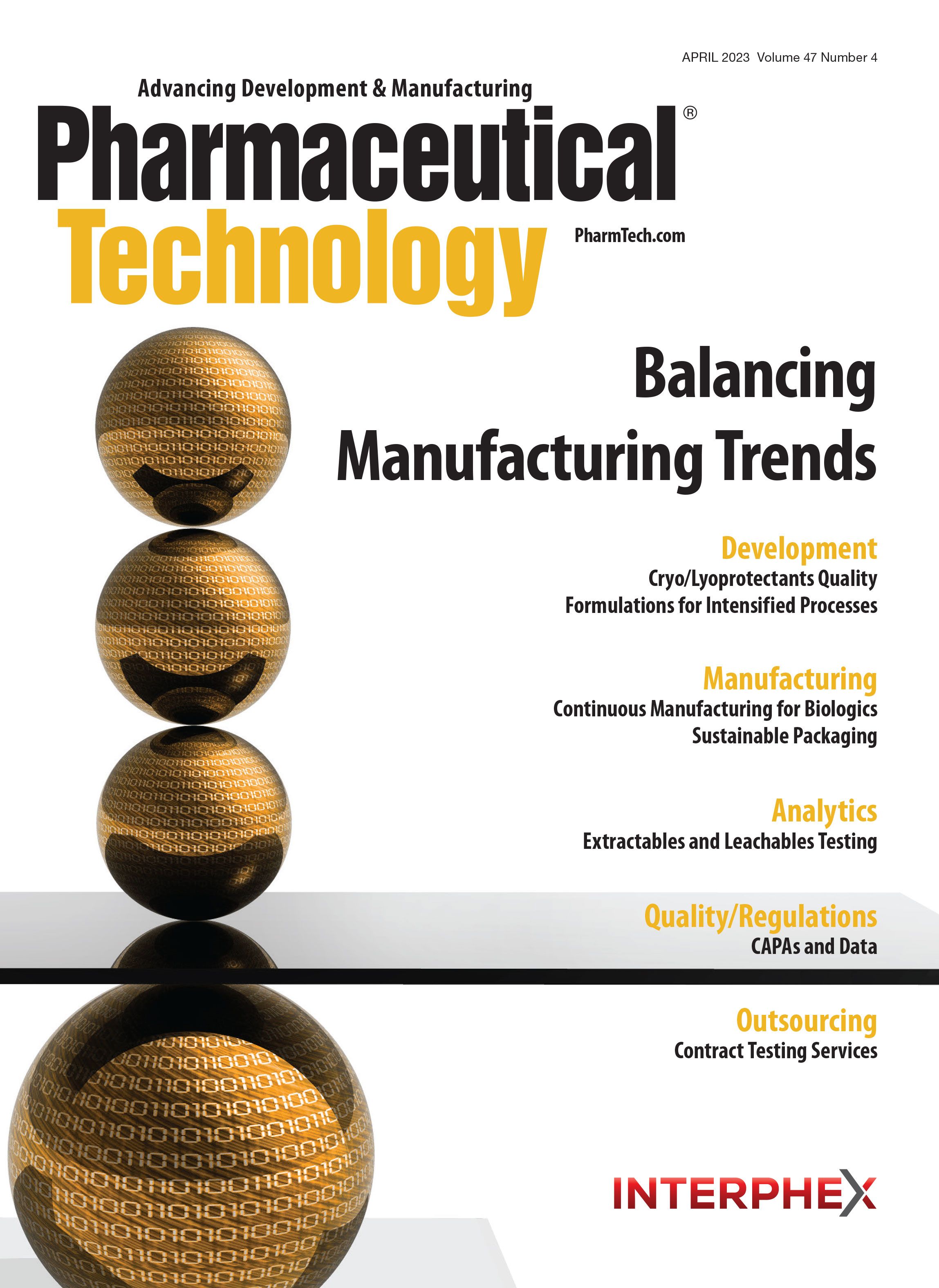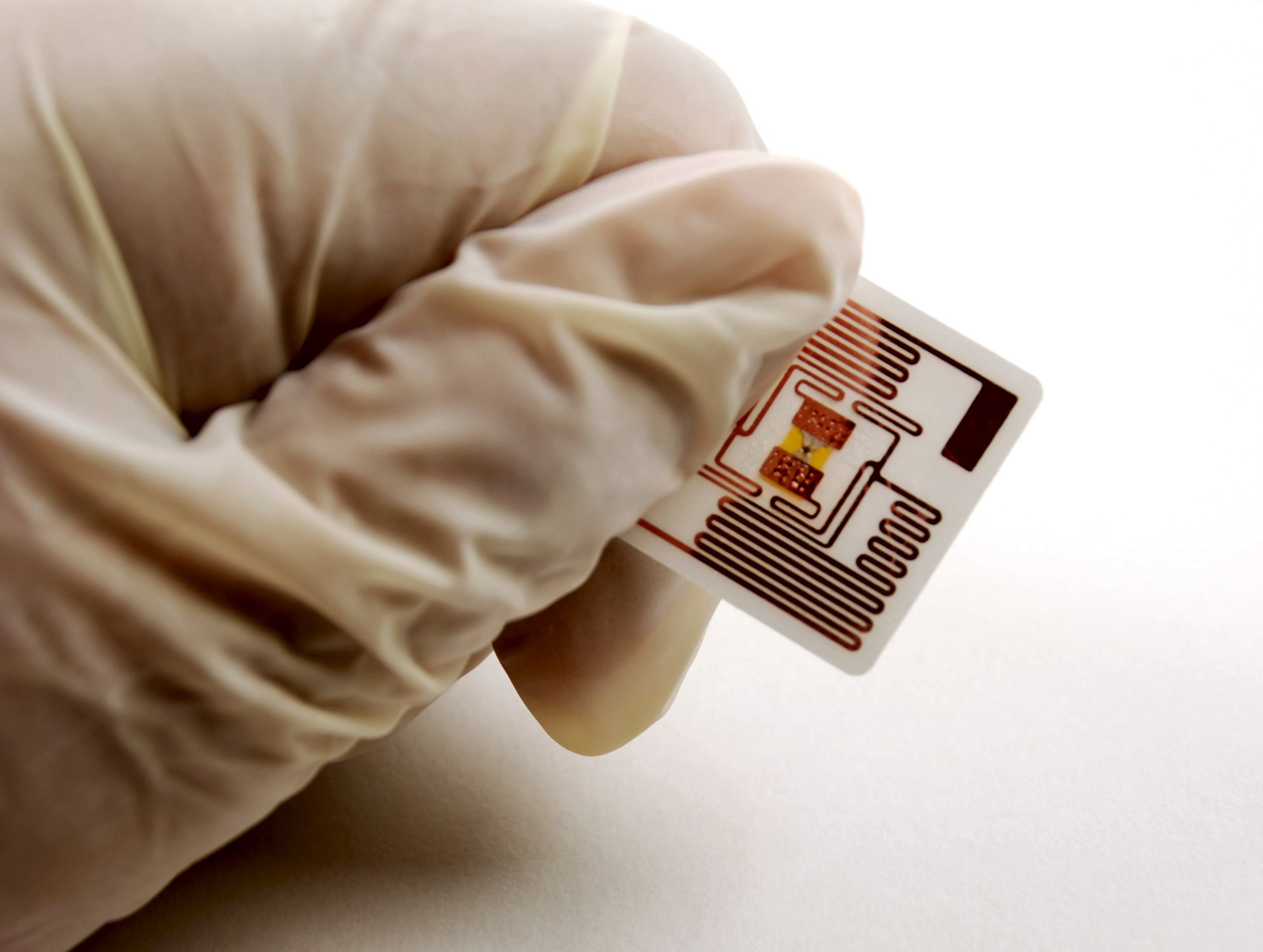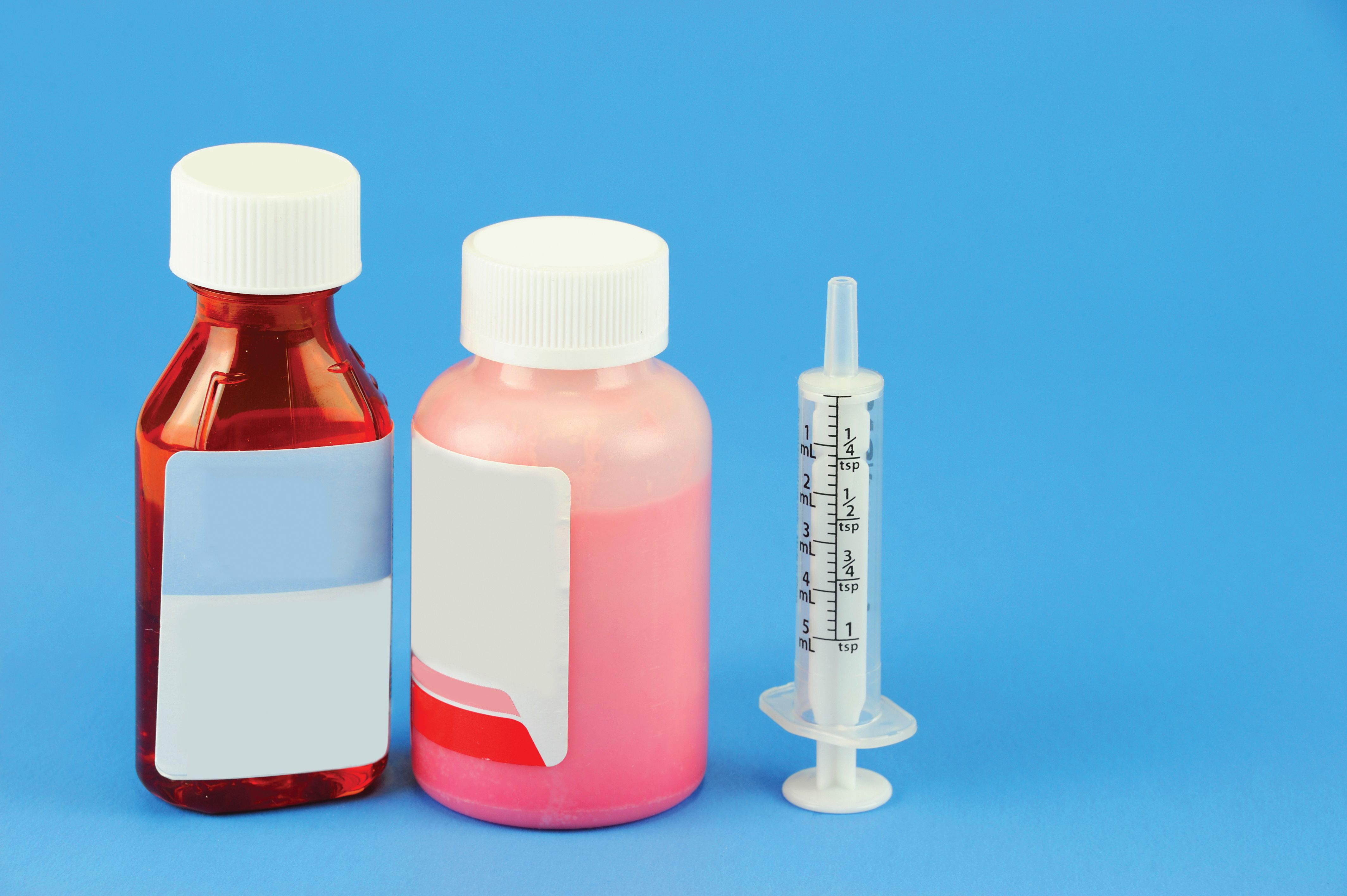News
Article
Pharmaceutical Technology
Accepting Alternative Approaches to Freeze Drying
Author(s):
Alternative approaches to freeze-drying are gaining popularity and will help to overcome some of the challenges associated with conventional lyophilization.
Atlas - Stock.adobe.com

The biopharmaceutical market is experiencing continued growth—forecast to reach $769.45 billion by 2030 (1)—driven by factors such as an aging population and the increasing prevalence of chronic diseases. Additionally, thanks to the ability of biopharmaceuticals to treat diseases that were once considered ‘untreatable,’ there is a greater acceptance of these therapies across the board within the industry.
Biopharmaceutical drugs, however, are intrinsically unstable and predisposed to degradation and may require processes that can maintain the product’s stability during storage and transport. “Protein-based biologics are susceptible to various stresses such as temperature excursions, pH shifts, shear, interfacial adsorption, moisture, organic solvents, and so on. Some biologics are less stable in their liquid state and may undergo hydrolysis, thereby, leading to protein aggregation and/or denaturation. Moreover, the storage and transport of bulk products in their liquid or frozen state increases the need for cold chain shipping requirements and validation,” confirms Ashutosh Sharma, researcher, Pharmaceutical and Molecular Biotechnology Research Centre, SETU Waterford (Formerly, Waterford Institute of Technology), Ireland. “To combat some of these challenges, freeze-drying of biologics is deemed suitable for many products.”
Of utmost importance
Freeze-drying, or lyophilization, of therapeutic products is a well-established technique within industry. The batch freeze-drying process is commonly used for a variety of biologics, such as enzymes, antibodies, fusion proteins, nanobodies, vaccines, hormones, and gene therapy products, according to Sharma. “Some advantages of freeze-drying include improved stability and shelf-life of labile biologics, reduced chemical decomposition and cold chain requirements, and low residual moisture content post-processing,” he says.
According to market research, the global market for lyophilization services for biopharmaceuticals is expected to grow at a compound annual rate of 10.1% between 2022 and 2030 (2). This growth is undoubtedly reflective of the increasing demand for biopharmaceuticals that is being witnessed by industry as a result of the therapies’ high specificity for treating widespread diseases, as well as their improved interactions with cellular receptors and other biomolecules, Sharma notes.
“Being high-value products, ensuring a high standard of safety, quality, and efficacy of [biopharmaceuticals] is of utmost importance,” says Sharma. “As per a review by Gervasi et al. (3), nearly 34% of biologic products are lyophilized formulations in the European market. Two key drivers for this technique are to improve and increase the shelf-life of biologic drug products and to reduce complexities associated with cold chain requirements of liquid and/or frozen bulk products while the technique itself has its own challenges.”
Conventional challenges
When freeze-drying drug products, there are several fill/finish unit operations in addition to lyophilization, such as freeze-thawing, time out of refrigeration, vial filling, and so on, that need to be considered which could potentially impact the products’ critical quality attributes (CQAs), Sharma stresses. However, focusing on conventional lyophilization, which is one of the major unit operations for freeze-dried products, there are a few key challenges that should be noted, he states.
“Firstly, long processing times that could vary from days to weeks with high capital costs and high energy consumption leading to reduced efficiency in the overall process [are a significant challenge],” Sharma says.
Then, there is the potential for some biologics to experience cold denaturation during the freeze-drying process, Sharma continues. “The requirement for appropriate formulation components including cryoprotectants and lyoprotectants as well as their impact on the overall glass transition temperature and melt temperature is very essential at the formulation development stage prior to lyophilization,” he says.
Other concerns pertain to the heat and mass transfer, as well as scaling up of the process—all of which are under discussion (4–6)—which can be dependent upon the dryer designer, container closure, load condition, and product formulation, Sharma emphasizes. “Vials situated on the edge of the shelves dry faster than vials present in the center due to radiation from the chamber walls which causes issues of vial-to-vial heterogeneity,” he says.
“Moreover, being a static process, [lyophilization] increases the risk of rejection of the entire batch in case of process failure. A batch process is limited to processing small volumes of unit doses which increases the requirement for a large number of vials,” Sharma specifies. “Human intervention during the process can increase the risk of contamination despite current good manufacturing practices (CGMP).”
Furthermore, Sharma points out that the reconstitution of certain high concentration freeze-dried protein cakes can prove problematic and lengthy when compared with free-flowing powders that are produced by alternative drying techniques.
And these challenges are also evolving in the wake of the continued advancement and increasing complexity of the biopharmaceutical therapies in development. “To meet the needs of patients, some biologic products are required in multiple dose strengths. Each dose strength requires a completely different lyophilization cycle with additional qualification and validation for different fill/finish unit operations, primary packaging components supply chain, sterilization and clean validation, container closure integrity, and so on, thereby, increasing the complexity of this technique for certain drug products,” Sharma states.
Alternative approaches
“To combat some of the challenges associated [with] conventional lyophilization, alternative drying technologies are gradually gaining popularity for the manufacturing of biopharmaceuticals,” asserts Sharma. By way of example, Sharma highlights some of the continuous processes and technologies that are currently under development, such as the Spin-freeze-drying of unit doses technology developed by RheaVita and Ghent University (7), or the continuous freeze-drying of suspended vials that has been developed and described in patent from 2018 (8).
Another alternative approach that has gained some interest within industry has been Electrostatic spray-drying developed by Fluid Air (9), which has the ability to improve drying efficiency with reduced thermal stress, Sharma continues. “Moreover, [aseptic] Spray-freeze-drying by IMA Life and Meridion Technologies (10) and PRINT Technology by Liquidia Corporation (11) are also promising technologies that enable particle engineering for the production of dry powder-based products,” he adds. Further innovative drying techniques have been detailed in a paper by Sharma et al. (6).
“Along with some of the continuous and alternative drying technologies described above, process as well as product characterization are essential requirements as per CGMP,” Sharma says. “Product and process characterization can be achieved by using process analytical technologies (PATs) and offline characterization techniques. These technologies allow to identify and evaluate critical process parameters and CQAs and may also aid in establishing a correlation between the two.”
Numerous advanced techniques, including near infrared spectroscopy, Raman spectroscopy, infrared thermography, mass spectrometry, and wireless probes, have been evaluated as PAT tools for lyophilization and alternative drying technologies for biologics, Sharma explains. “In addition, other advanced characterization techniques such as solid-state hydrogen deuterium exchange–mass spectrometry and solid-state nuclear magnetic resonance provide more insights on protein-excipient interactions in the solid-state,” he states.
“Overall, these techniques will aid in improving the existing process by providing more insights and better understanding of both the process and the product,” Sharma concludes.
References
1. Growth Plus Reports. Biopharmaceutical Market by Product Type (Monoclonal Antibody, Interferons, Growth and Coagulation Factors, Recombinant Proteins, Hormones, Vaccines, Cell and Gene Therapies, and Others), by Therapeutic Application (Oncology, Immunology, Cardiovascular Diseases, Neurological Diseases, Metabolic Diseases, Blood Disorder, and Others), by End User (Hospital and Retail Pharmacies, Biopharma Companies, Diagnostic Labs, and Clinical Research Organizations)— Global Outlook and Forecast 2022–2030. Market Report, Aug. 8, 2022.
2. InsightAce Analytic. Global Lyophilization Services for Biopharmaceuticals Market. Market Report, Aug. 3, 2022.
3. Gervasi, V.; Dall Agnol, R.; Cullen, S.; McCoy, T.; Vucen, S.; Crean, A. Parenteral Protein Formulations: An Overview of Approved Products Within the European Union. Eur. J. Pharm. Biopharm. 2018, 131 (October), pp. 8–24.
4. Patel, S.M.; Pikal, M.J. Emerging Freeze-Drying Process Development and Scale-up Issues. AAPS PharmSciTech, 2011, 12, 372–378.
5. Barresi, A.A.; Pisano, R.; Rasetto, V.; Fissore, D.; Marchisio, D.L. Model-Based Monitoring and Control of Industrial Freeze-Drying Processes: Effect of Batch Nonuniformity. Dry. Technol., 2010, 28 (5), 577–590.
6. Sharma, A.; Khamar, D.; Cullen, S.; Hayden, A.; Hughes, H. Innovative Drying Technologies for Biopharmaceuticals. Int. J. Pharm. 2021, 609, 121115.
7. RheaVita. Technology. RheaVita.com/technology/ (accessed Jan. 16, 2023).
8. Trout, B.L.; Pisano, R.; Capozzi, L.C. Freeze-Drying Methods and Related Products. WO2018204484A1, 2018.
9. Fluid Air. Electrostatic Spray Drying. www.fluidairinc.com/processes/spray-drying (accessed Jan. 16, 2023).
10. IMA. Continuous Aseptic Spray Freeze Drying. IMA.it/pharma/paper/continuous-aseptic-spray-freeze-drying/ (accessed Jan. 16, 2023).
11. Liquidia. PRINT Technology. www.liquidia.com/products-and-pipeline/print-technology (accessed Jan. 16, 2023).
About the author
Felicity Thomas is the European/senior editor for Pharmaceutical Technology Group.
Article details
Pharmaceutical Technology
Vol. 47, No. 4
April 2023
Pages: 32–34
Citation
When referring to this article, please cite it as Thomas, F. Accepting Alternative Approaches to Freeze Drying. Pharmaceutical Technology, 2023, 47 (4) 32–34.

Newsletter
Get the essential updates shaping the future of pharma manufacturing and compliance—subscribe today to Pharmaceutical Technology and never miss a breakthrough.





